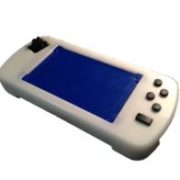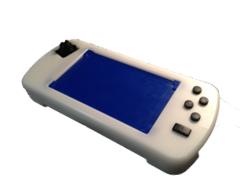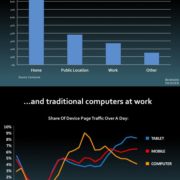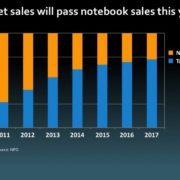
Last year, Dr. BenjaminSchwartz approached AMREL about his need for a mobile computer to install a sensor network in Virginia’s Omega Cave system. Putting a sensor network in an extensive cave system is no picnic. Dr. Schwartz and his team needed to haul hundreds of pounds of equipment through wet mud, narrow passageways, and steep vertical inclines. The mud alone on a cave researcher’s clothes can be 60 lbs.
Dr. Schwartz needed a computer that is light, mobile, and would absolutely not fail. When you’re miles underground, there are not a lot of options if your computer breaks down.
AMREL recommended the ROCKY DB6. It not only runs the same programs as the laptop that Dr. Schwartz had been using, but it also is substantially lighter. Furthermore, it is has been independently certified to be fully rugged, and had been successfully deployed in harsh environments around the world.
Learn more about the fascinating challenge of installing sensor networks in a cave, and see amazing photos.


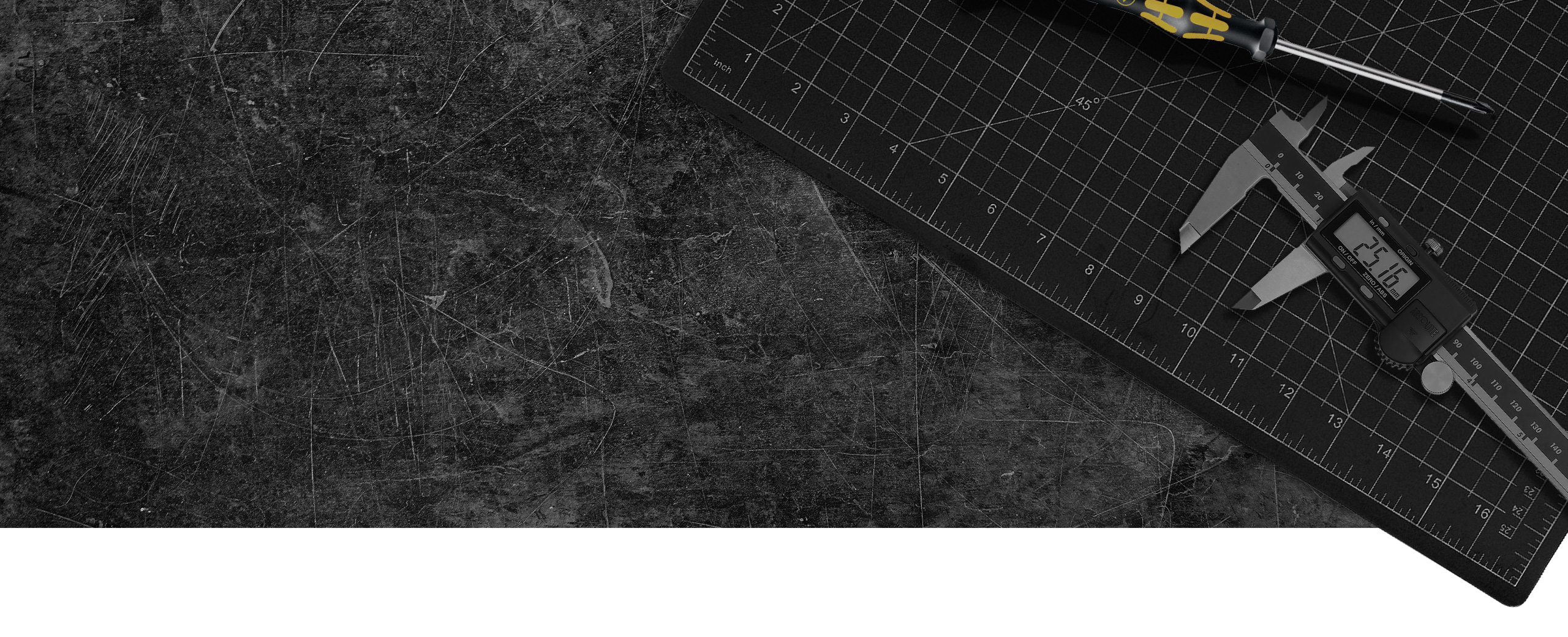
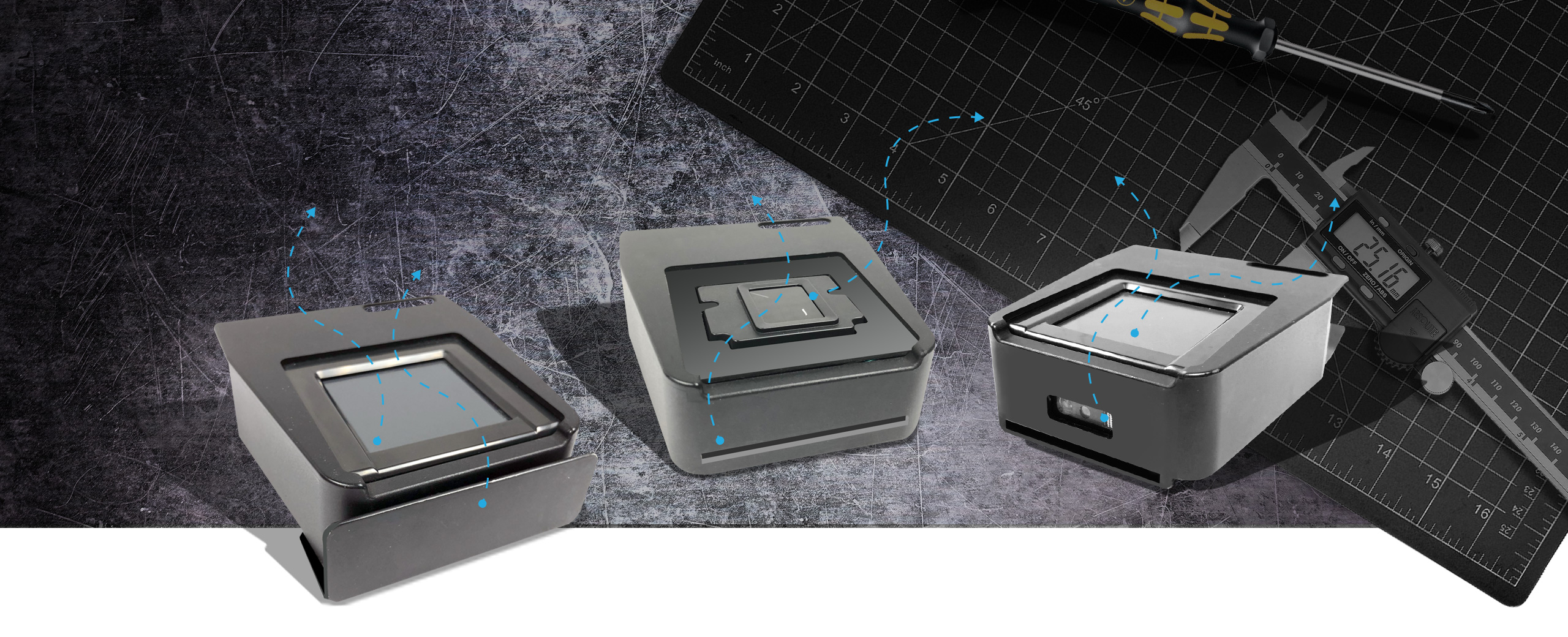

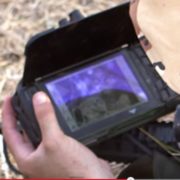


 AMREL announces the launch of ROCKY DF6, a fully rugged handheld that’s small on Size, Weight, and Power (SWaP) requirements, but big on options. This is AMREL’s fourth generation of embedded products.
AMREL announces the launch of ROCKY DF6, a fully rugged handheld that’s small on Size, Weight, and Power (SWaP) requirements, but big on options. This is AMREL’s fourth generation of embedded products.
 You may not have had a chance to see AMREL’s new interoperability capability at AUVSI, but you can read about it on your free download. Just as our Flexpedient® technology revolutionized OCUs for UGVs, we think interoperable Small Lightweight Expansion Devices (SLED) will become standard for handheld applications. Click
You may not have had a chance to see AMREL’s new interoperability capability at AUVSI, but you can read about it on your free download. Just as our Flexpedient® technology revolutionized OCUs for UGVs, we think interoperable Small Lightweight Expansion Devices (SLED) will become standard for handheld applications. Click 

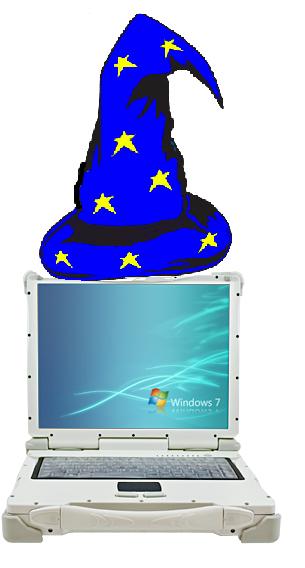 I used to work in healthcare, and like many people involved in that field, I became quite cynical about its practice. For one thing, modern medicine may be hi-tech, but people can treat it as if it was magic. Patients sometimes demand prescriptions from a doctor for medicines that they can get over the counter. The prescription is unnecessary, but it is “magic,” because it is from a doctor. Doctors have been known to take x-rays, not for diagnostic purposes, but because the “magic” image impresses patients and helps ensure compliance.
I used to work in healthcare, and like many people involved in that field, I became quite cynical about its practice. For one thing, modern medicine may be hi-tech, but people can treat it as if it was magic. Patients sometimes demand prescriptions from a doctor for medicines that they can get over the counter. The prescription is unnecessary, but it is “magic,” because it is from a doctor. Doctors have been known to take x-rays, not for diagnostic purposes, but because the “magic” image impresses patients and helps ensure compliance.